How a bunch of orange peels changed the ecosystem in Central America
In 1996, environmentalists Daniel Jentzen and Vinnie Hallwax approached the orange juice producer Del Oro with an unusual request: donate industrial waste. Then the crusts and pulp of substandard oranges were unloaded on the site, which at that time looked more like a battlefield: it was a desolate and deforested area of a national park in Central America.
A special sign was installed in that place, and then it was forgotten for 16 years. But nature "worked" all this time, and a bunch of orange peels changed the ecosystem.

The photo above was taken immediately after the delivery of 12 tons of orange compost. An environmental experiment in Costa Rica's Guanacaste National Park has begun. Thus, scientists from the University of Pennsylvania tried to improve the condition of the soil in the part of the park that was affected by fire and overgrazing.
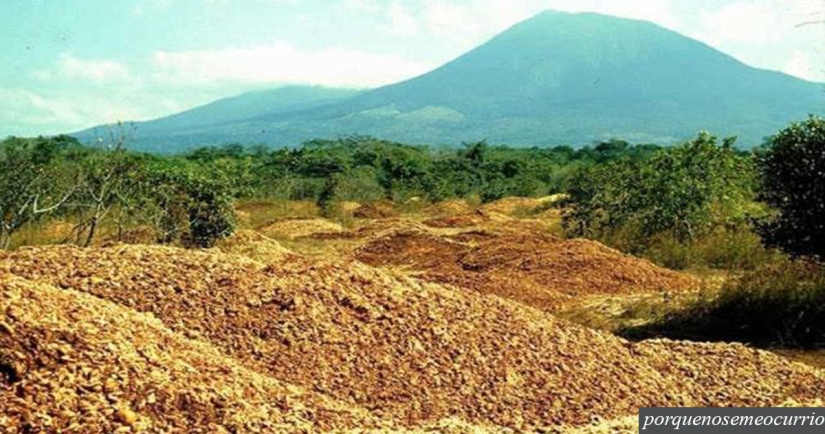
However, TicoFruit, a competitor of Del Oro, soon sued, claiming that such an "experiment" leads to pollution of the park. The project was closed. And only in 2013, scientists decided to look at the results of their experiment.
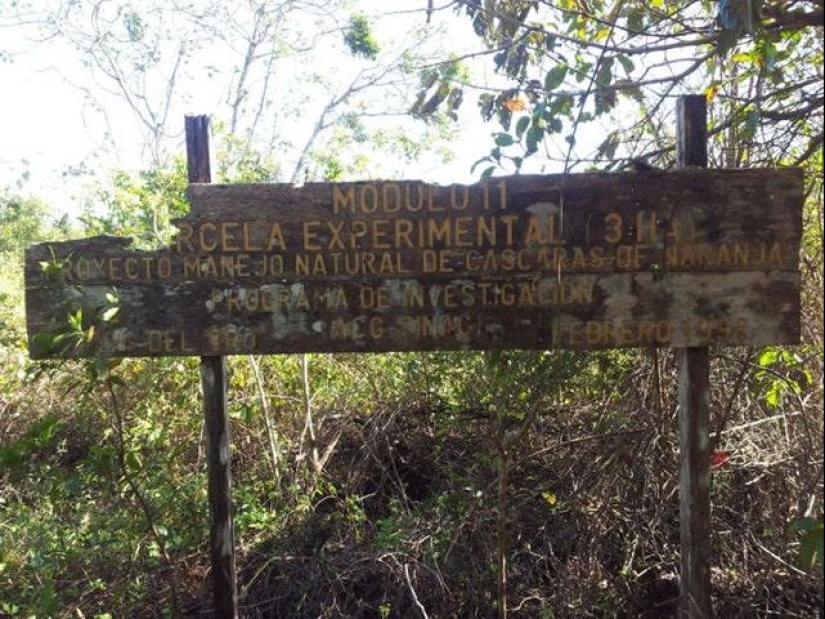
Timothy, a student, was the first to be sent to the place where the crusts were dumped. "You'll see a big yellow sign there," the environmentalists explained to him. "It will be difficult to miss it." When Timothy arrived at the scene, he never found the sign. After receiving more detailed instructions over the phone, he made sure that he was in the right place all the time. It was simply impossible to recognize him.
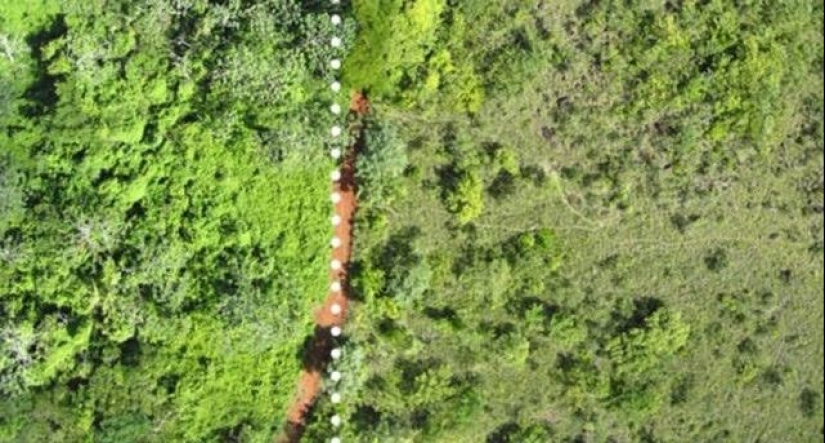
Scientists have discovered an amazing thing: dense forests have grown on previously barren soil. To the left of the line is the area where the crusts were dropped.
A dense forest grew up on the site of the dump. And if there was practically no vegetation in the neighboring fields, then here you had to literally wade through the tropical thickets.
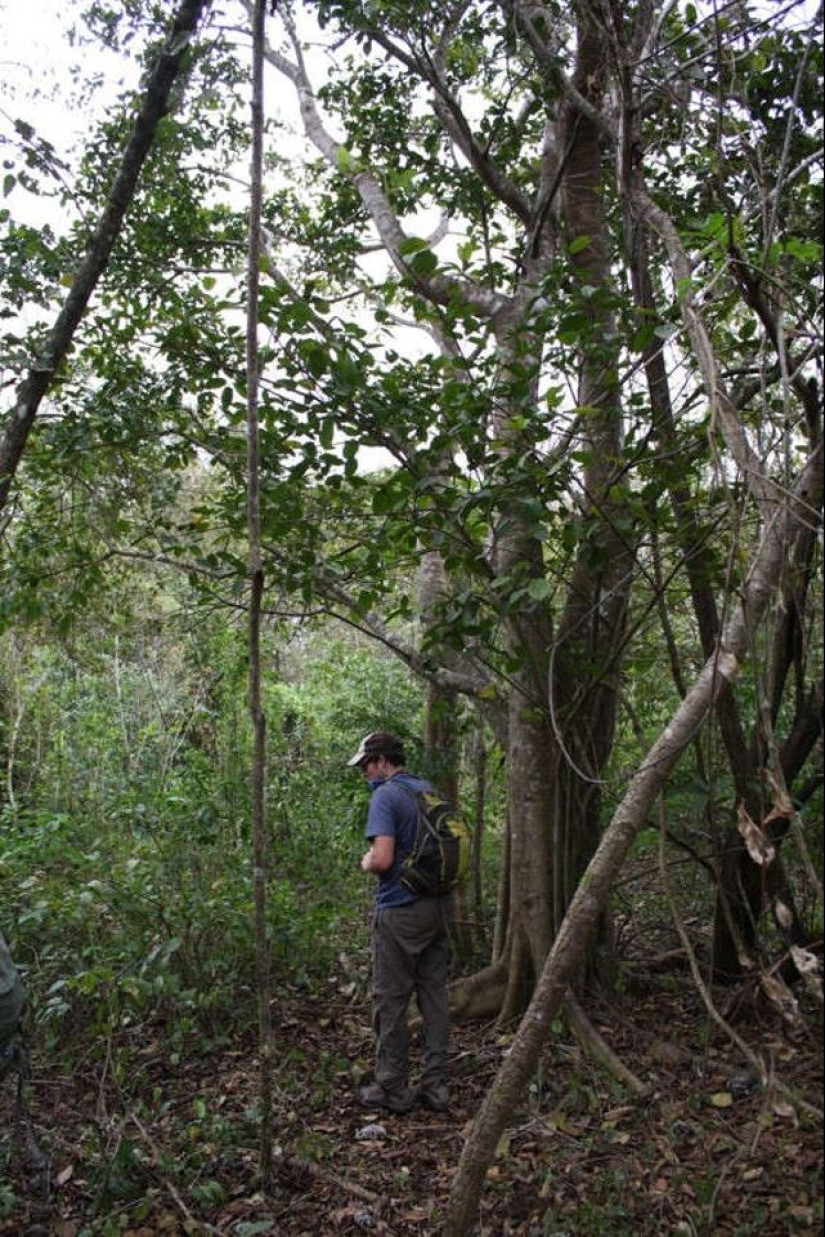
As it turned out later, on the site where the waste was unloaded in 1996, 176% more trees grew than in the neighboring field.
For the next three years, researchers at Princeton University studied the transformed terrain in detail and compared the land with one that was not covered with compost. The results were published in the journal Restoration Ecology. On the adjacent plot, where there were no orange peels, there was only one dominant tree species. Where the crusts were, thousands of plant species grew. The result of the study was as follows: secondary forest germination is crucial for slowing climate change.
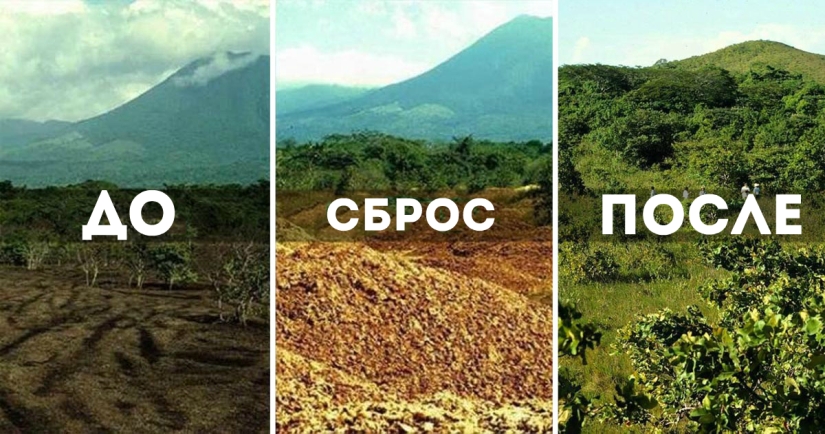
This is what this place in the Guanacaste National Park looked like before and after the experiment.
In this random way, we managed to find a way to use industrial waste in order to restore the rainforest.
Keywords: Nature | Ecology | Experiment | Costa rica | Then and now | National Park
Post News ArticleRecent articles

Leonardo da Vinci was accused of being fond of orgies. William the Conqueror, despite all his successes, was called a "Bastard" ...

Modesty? Decency? A sense of tact? No, you haven't heard! Just look at what the people from the selection below are doing! No ...
Related articles

Yellowstone is the first national Park in the world and also the largest of all national parks in North America. For nearly 150 ...

Professional poker players are undoubtedly gambling people. Even being away from the poker tables, they can't resist playing and ...

Is it possible to laying wood to name a form of art? Turns out you can. Because in the world there are such people, which gently ...

American documentary photographer Bruce Davidson came to the UK in 1960 for a couple of months on the assignment of Queen magazine. ...